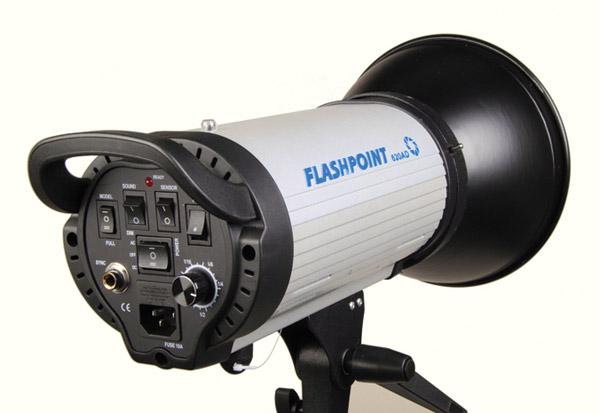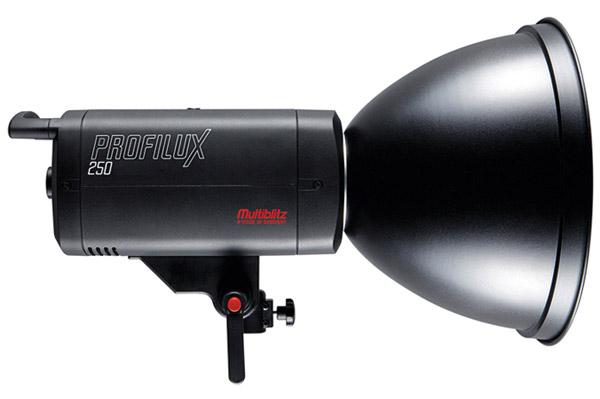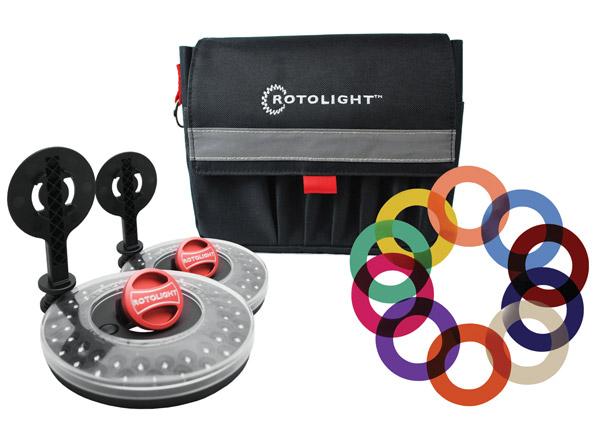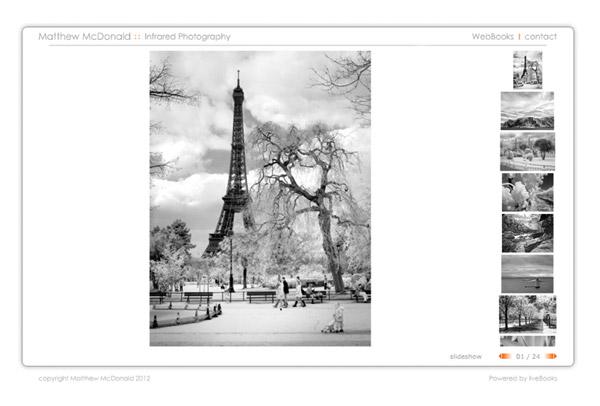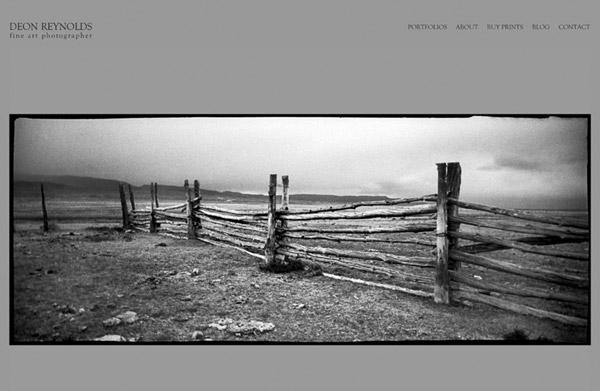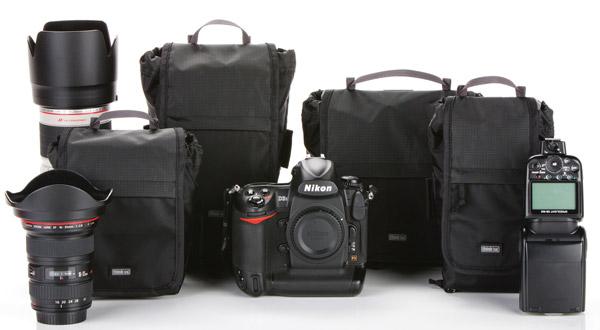Joe Farace
|
Nov 15, 2012 |
First Published: Oct 01, 2012
|
Nov 01, 2012 |
First Published: Sep 01, 2012
|
Oct 31, 2012 |
First Published: Sep 01, 2012
|
Oct 25, 2012 |
First Published: Sep 01, 2012
|
Oct 24, 2012 |
First Published: Sep 01, 2012
|
Oct 15, 2012 |
First Published: Sep 01, 2012
|
Oct 01, 2012 |
First Published: Aug 01, 2012
|
Sep 26, 2012 |
First Published: Aug 01, 2012
|
Sep 04, 2012 |
First Published: Jul 01, 2012
|
Aug 31, 2012 |
First Published: Jul 01, 2012
 One of the first lighting kits I ever owned was a set of Smith-Victor Adapta-Lights that had screw-base sockets for photoflood lamps. Son of a gun, the company still offers Adapta-Lights as an entry-level solution for beginning portrait photographers who want to work with hot lights. On the other hand, if you prefer making portraits using electronic flash, Smith-Victor’s three-light FL700K Strobe Light Kit may be just what you’re looking for.
One of the first lighting kits I ever owned was a set of Smith-Victor Adapta-Lights that had screw-base sockets for photoflood lamps. Son of a gun, the company still offers Adapta-Lights as an entry-level solution for beginning portrait photographers who want to work with hot lights. On the other hand, if you prefer making portraits using electronic flash, Smith-Victor’s three-light FL700K Strobe Light Kit may be just what you’re looking for.

